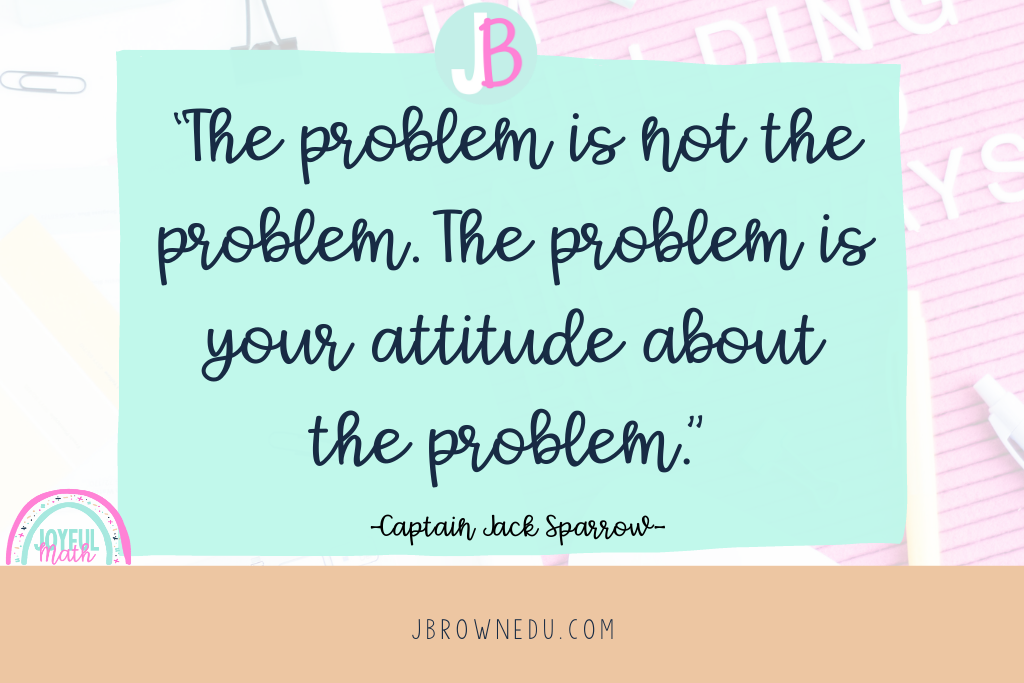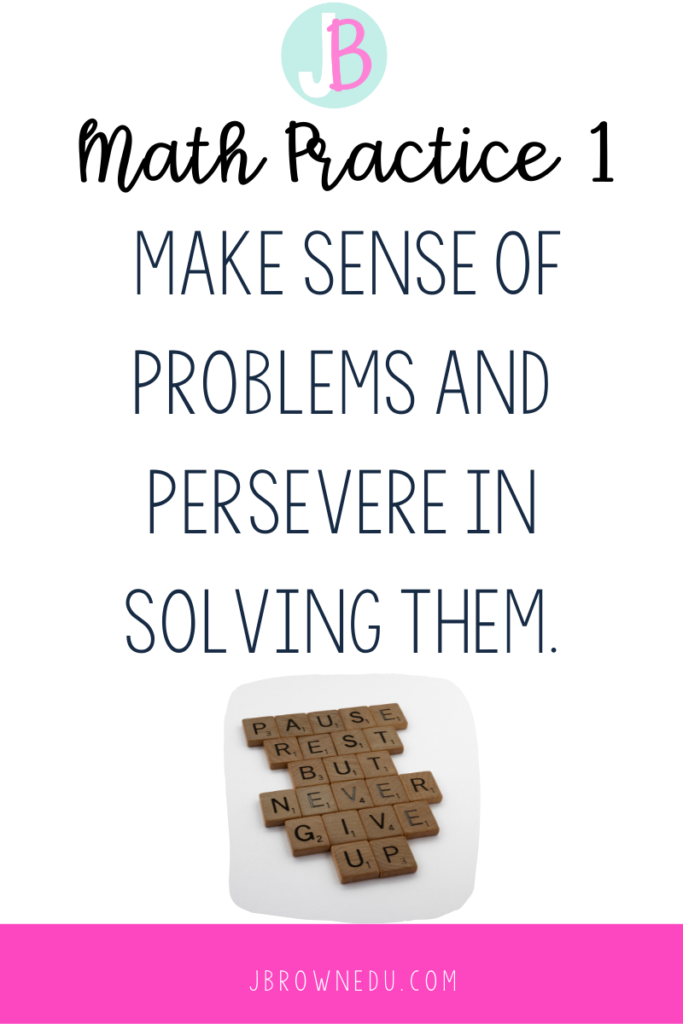Are you wondering how to get your child dynamic help with math for FREE? Are you feeling like you can’t help your student in math because it’s so different from how you learned it? I totally understand your frustration. You feel like, in order to get your child the support that they need you’ll have to pour out tons of dollars. Before you do that, try these FREE ways first.

First, I’ve got to let you in on a secret. I have felt your same frustration. The math of today is not the math that was taught when I was in school. It wasn’t even the math that I taught my first few years teaching math. When the common core implementation happened in my district in 2013, I was where you were. I could not understand WHY I had to circle around the airport so many times before landing the plane (figuratively speaking). Even though I was a fan of conceptual understanding, I still felt like some stuff just wasn’t necessary.
I was so frustrated with the rollout of everything, I had 5th-grade students who didn’t have any conceptual understanding, trying to unlearn and relearn. This was a major task. When parents and students were complaining I realized that I had to have a positive attitude about the direction that we were going, because complaining wasn’t going to get us anywhere. I wanted the best for my students and I wanted them to embrace being lifelong learners. With a negative attitude about math, we weren’t going to get very far. And so now, one of my favorite quotes that I use in my class is by Captain Jack Sparrow, “The problem is not the problem. The problem is your attitude about the problem.”

So, here are 5 tips for you on how you can get 24 7 math help for free.
- Model having a positive learning attitude.
Even though the math may not be familiar to you, modeling a positive attitude will help your child have a positive attitude about it as well. If they are disgruntled about math, it will make it that much more difficult for them to learn. Emotions are contagious. What a great opportunity this is to show your student that you are learning as well. This is how we foster a desire to become lifelong learners in kids.
- Be careful about the messages that are sent about math in your home.
It’s ok if you struggled in math while you were in school, however, be careful about making statements such as “I hated math too” in front of your child. This can cause students to be dismissive about where they are with math and will give them an excuse to not try their hardest. It can also increase their anxiety and cause them to feel like it’s not in their destiny to be successful in math. It’s ok to let them know that you struggled in math, but emphasize positive perseverance versus negative emotion.

- Create an atmosphere in your home where effort is praised.
Encourage your student to do THEIR best, not compete with someone else’s best. The goal shouldn’t be to make As but, to make progress. A great way to praise effort is to help your student set reasonable goals for each subject. Praise them for any type of growth that you see. This encourages students to continue putting forth effort and focus on doing THEIR best.
- Partner with their teacher.
A strong positive bond between schools and home plays an important role in a child’s educational development and can lead to academic achievement. All students are more likely to experience academic success if their home environment is supportive (Henderson & Berla, 1994; Sanders & Sheldon, 2009).
A study done by (Davies, 1996; Emeagwali, 2009; Epstein, 2009) revealed that parental involvement has the most impact when educators and parents see it as a partnership.

I know you really want to help, but be careful not to undo what your child’s teacher has worked so hard to get accomplished in your child. The teacher is studying the standards, the progressions, paying attention to the student work to identify strengths and weaknesses, etc. Unless you’re actively studying those things, trust that the way your child’s teacher is teaching the standards is the best way for them. In the end, the student is harmed, if they are taught a traditional way before it’s time.
Common Core math standards are not designed to make math more complicated. They are designed to make math make more sense for students, especially when they get to higher-level math classes. Just because they aren’t doing the standard algorithm for division in 4th grade, doesn’t mean they won’t ever learn it. It’s just not time yet. The plane is still circling the airport, preparing for the perfect landing.
- Create an atmosphere of encouragement.
Come up with an encouraging quote of the month in your home. It can be a quote by a public figure such as Carol Dweck, past presidents, influencers, etc. If you are a person of faith, you could even use scriptures. Have your student say it daily and really find ways to have conversations surrounding the quote and how it relates to their struggle in math. How can that quote encourage them? There are eight math practices and Math Practice 1 focuses on students persevering in problem-solving. Try to look for quotes that would encourage students to persevere and foster a growth mindset.

Math Help For Free Online
Below is a list of FREE sites that you can sign your student up for. When choosing sites for students to engage with, you want to make sure that they are aligned with the standards that your student’s school is using. The goal is to deepen their conceptual understanding. The sites below have my stamp of approval.
Zearn- This is my absolute favorite site to support student’s conceptual learning. Especially if your student’s school is using Eureka Math or EngageNY. It aligns beautifully. Students engage with fluency, are taught a lesson, and then move on to guided and independent practice. I suggest doing the lessons with your student. This is a great opportunity to learn the skills with them.
IXL- This is another one of my favorite sites. Although it’s not 100% free, it will allow your students to complete a limited number of problems with the standard of choice. Students receive instant feedback and guidance on problems that present a struggle for them.
Khan Academy- This site works for standards that are more procedural. I wouldn’t suggest it for deepening conceptual understanding. However, it does offer instructional videos and independent practice for students.
Prodigy- Students LOVE this site. Gamification is a great way to increase students’ engagement and decrease their anxiety. You can read more here about ways to decrease math anxiety. This site allows students to engage with any standard through earning rewards as they solve problems and navigate a quest.

We want to support your student in the best way possible. I have something for your student’s teacher as well. Share this article with your student’s teacher so he/she can access my free guide, “5 Components to Increase Student Achievement That Your Math Class May Be Missing.”
If you are reading this as a teacher, you can receive access to the guide below!

